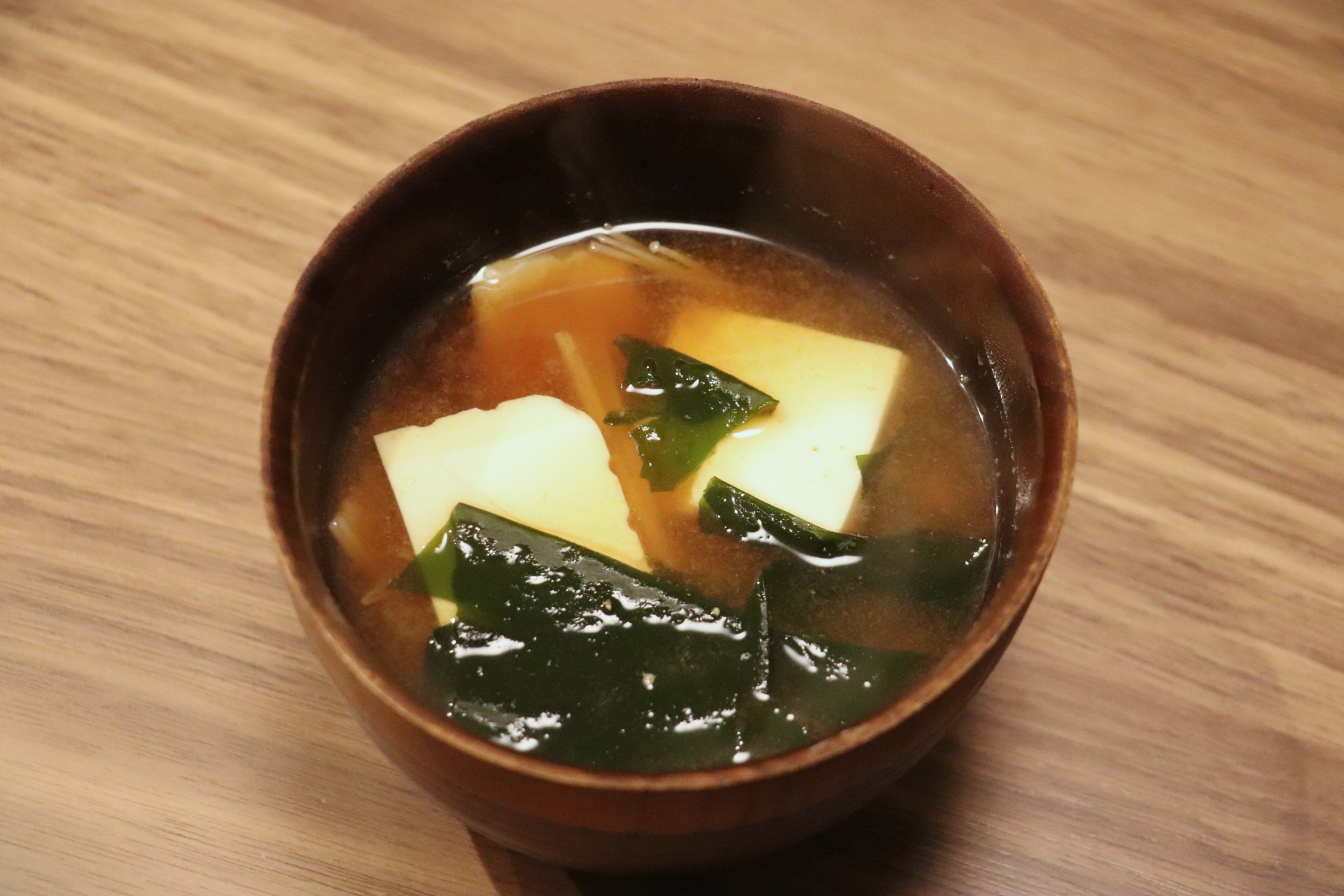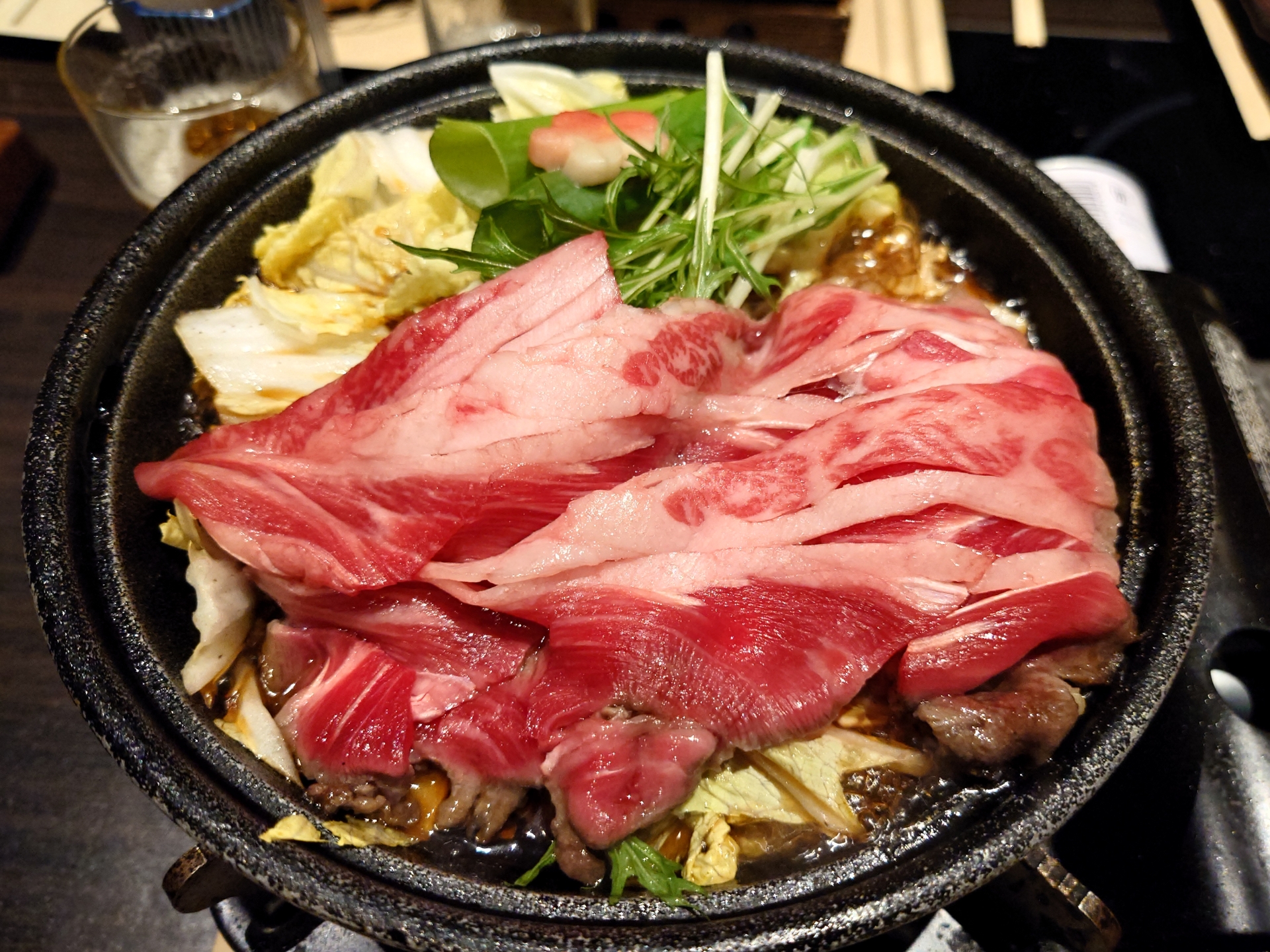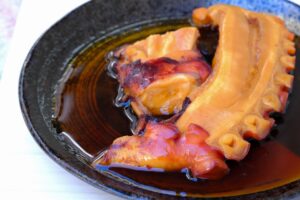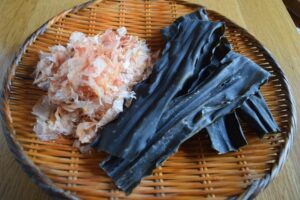Oyakodon is one of Japan’s most beloved comfort foods—a warm bowl of steamed rice topped with tender chicken, gently simmered onions, and softly cooked eggs, all flavored with a sweet-savory sauce. This article guides you through a foolproof recipe, ingredient substitutes, health insights, and creative variations to suit your taste and lifestyle, whether you’re a beginner cook or a seasoned Japanese food lover.
What is Oyakodon?
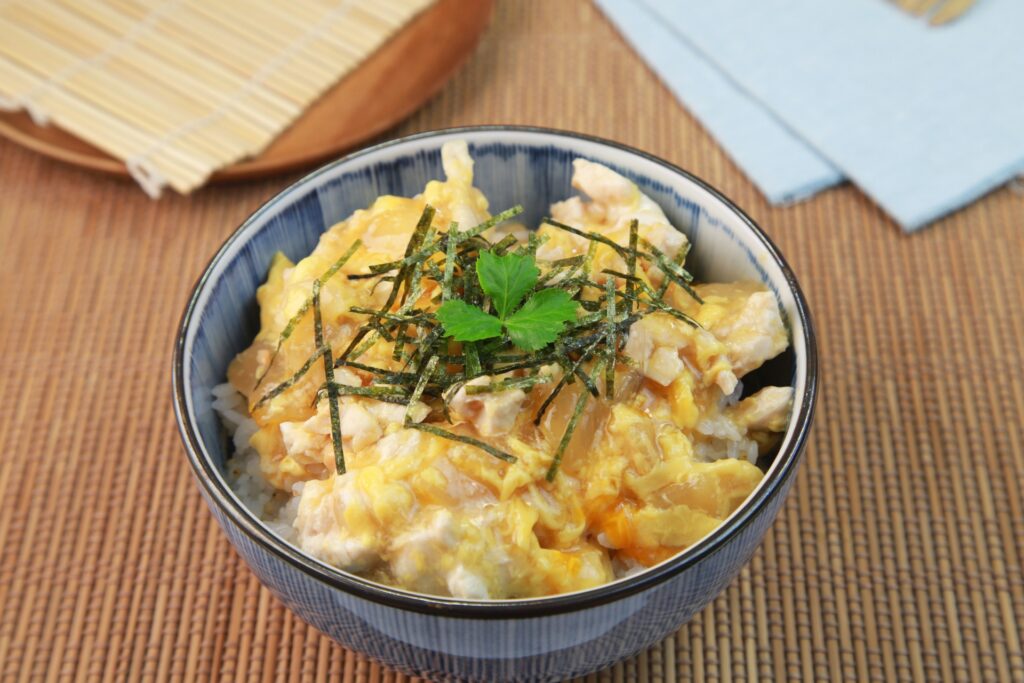
Oyakodon, literally translating to “parent-and-child bowl,” is a traditional Japanese rice dish that celebrates the comforting flavors of chicken and egg simmered together in a sweet-savory broth. The name poetically captures the familial pairing of chicken (the parent) and egg (the child), served atop a bed of steaming Japanese rice.
Originating in the Meiji era (1868–1912), Oyakodon quickly became a staple in Japanese households and restaurants thanks to its simplicity, affordability, and satisfying taste. It’s commonly served in diners, teishoku (set meal) restaurants, and even convenience stores across Japan. The classic oyakodon combines tender chicken thighs, sliced onions, and eggs gently cooked in a broth of dashi, soy sauce, mirin, and sugar.
Its popularity stems from its one-pan ease, balanced nutrition, and heartwarming flavor—perfect for busy weeknights or when craving a taste of Japan at home.
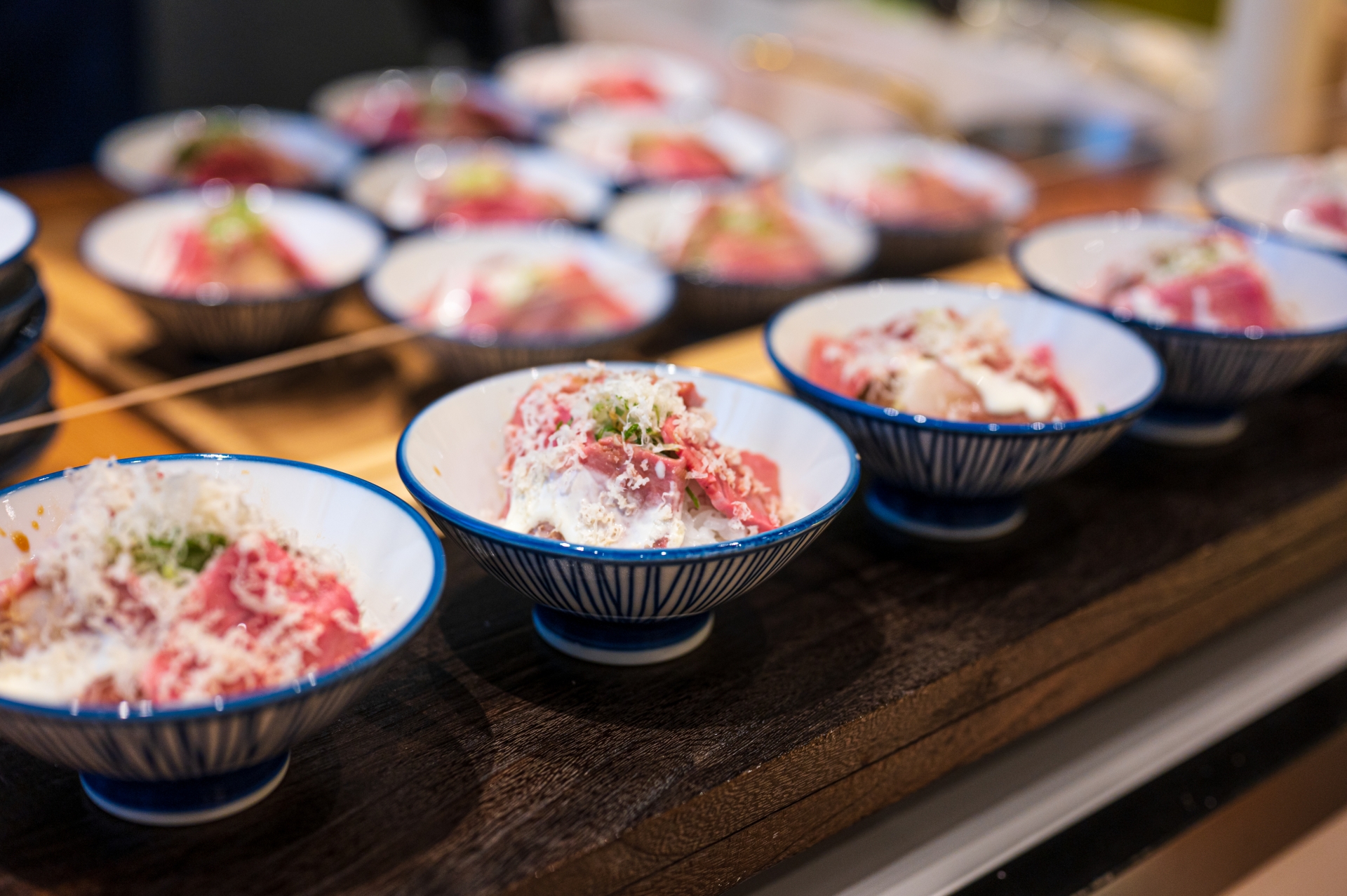
Ingredients and Substitutes
Core Ingredients:
- Chicken thighs (boneless, skin-on preferred) – Juicy and flavorful.
- Eggs – Preferably free-range, lightly beaten.
- Onion – Thinly sliced, yellow or sweet onion.
- Dashi – Traditional Japanese soup stock.
- Soy sauce – Adds umami depth.
- Mirin – Sweet rice wine.
- Sugar – To balance the saltiness.
- Steamed rice – Short-grain Japanese rice, freshly cooked.
Recommended Brands:
- Soy Sauce: Kikkoman, Yamasa
- Mirin: Hinode, Eden Foods (alcohol-free)
- Dashi: Hondashi (Ajinomoto), or homemade from kombu and bonito flakes
Substitutes Table:
| Ingredient | Substitute (Alcohol-Free/Outside Japan) |
| Dashi | Low-sodium chicken broth + a drop of soy sauce |
| Mirin | 1 tbsp sugar + 1 tbsp rice vinegar |
| Sake | Beer or whiskey |
These alternatives retain much of the original flavor profile while making the dish accessible to those avoiding alcohol or living outside Japan.

Step-by-Step Recipe: How to Make Oyakodon

Prep Time: 10 minutes
Cook Time: 15 minutes
Servings: 2
Ingredients:
- 2 boneless chicken thighs
- 1/2 onion, thinly sliced
- 3 eggs, lightly beaten
- 1/2 cup dashi (or substitute)
- 1 tbsp soy sauce
- 1 tbsp mirin (or substitute)
- 1 tsp sugar
- 2 bowls steamed Japanese rice
Instructions:
- Prepare the Chicken: Cut chicken thighs into bite-sized pieces.
- Simmer Base: In a small pan, combine dashi, soy sauce, mirin, and sugar. Bring to a gentle boil.
- Add Onion: Add the sliced onions and cook until translucent (about 3 minutes).
- Cook Chicken: Add chicken pieces and simmer until cooked through (5–6 minutes).
- Add Egg – First Pour: Pour in 2/3 of the beaten egg in a circular motion. Cover and cook on medium-low for 30–45 seconds.
- Add Egg – Second Pour: Pour the remaining egg and cook for another 20–30 seconds until just set but still soft.
- Serve: Slide the mixture over hot steamed rice. Garnish with mitsuba or chopped scallions if available.
Tips for Perfect Oyakodon Texture
- Egg Timing: Pour the eggs in two stages to achieve the signature soft, slightly runny texture.
- Don’t Overcook: Cook until the eggs are just set—residual heat will continue cooking after plating.
- Chicken Cuts: Thigh meat stays moist and tender; slice against the grain for uniform texture.
- Simmer Gently: Avoid high heat, which toughens meat and overcooks the egg.
Healthy and Dietary Versions of Oyakodon
Oyakodon can be adapted for various dietary needs while retaining its signature comfort. Here’s a breakdown:
Nutritional Overview (per serving, traditional version):
- Calories: ~500 kcal
- Protein: 30g
- Carbohydrates: 50g
- Fat: 20g
Lightened Version Ideas:
- Use Chicken Breast: Lower in fat, still flavorful when simmered.
- Reduce Sugar: Halve the amount or use natural sweeteners like monk fruit.
- More Vegetables: Add spinach, shiitake mushrooms, or shredded cabbage.
- Brown Rice: For extra fiber and complex carbs.
Vegetarian/Vegan Oyakodon:
- Tofu Oyakodon: Replace chicken with firm tofu, pressed and cubed.
- Plant-Based Egg Substitutes: Use vegan scrambled egg alternatives.
- Dashi Substitute: Use kombu + dried shiitake mushroom broth.
Fun Variations and Modern Twists

Oyakodon is a canvas for creativity. Here are a few fun takes on the classic:
- Spicy Oyakodon: Add a dash of shichimi togarashi or a spoon of gochujang to the simmer sauce.
- Curry Oyakodon: Add 1 tbsp Japanese curry roux to the broth for rich flavor.
- Cheesy Oyakodon: Sprinkle shredded cheese on top during the final egg pour for a fusion twist.
- Leftover Remix: Add curry roux and udon noodles to transform leftover oyakodon into curry udon.
Tips for Western Palates:
- Increase sweetness slightly.
- Use low-sodium soy sauce.
- Top with fresh herbs like cilantro if mitsuba is unavailable.
Frequently Asked Questions (FAQ)
What does oyakodon mean?
Oyakodon means “parent-and-child bowl” in Japanese, referring to chicken and egg served together over rice.
Can I make it without dashi or mirin?
Yes. Dashi can be replaced with low-sodium chicken broth, and mirin with sugar plus rice vinegar.
Is oyakodon healthy?
It’s a balanced dish high in protein and relatively low in fat, especially when made with chicken breast and less sugar.
How to get runny eggs?
Pour the eggs in two stages and turn off the heat before they fully set. Covering the pan helps trap steam for gentle cooking.
Conclusion: Make Oyakodon Part of Your Weekly Menu
Oyakodon is more than just a meal—it’s a warm hug in a bowl. With its minimal ingredients, quick cooking time, and endless adaptability, it’s perfect for both weeknight dinners and culinary exploration. Pair it with a bowl of miso soup and a few pickled vegetables to complete the experience. Whether you’re recreating a Japanese restaurant classic or trying it for the first time, oyakodon is sure to become a comforting favorite in your kitchen.
